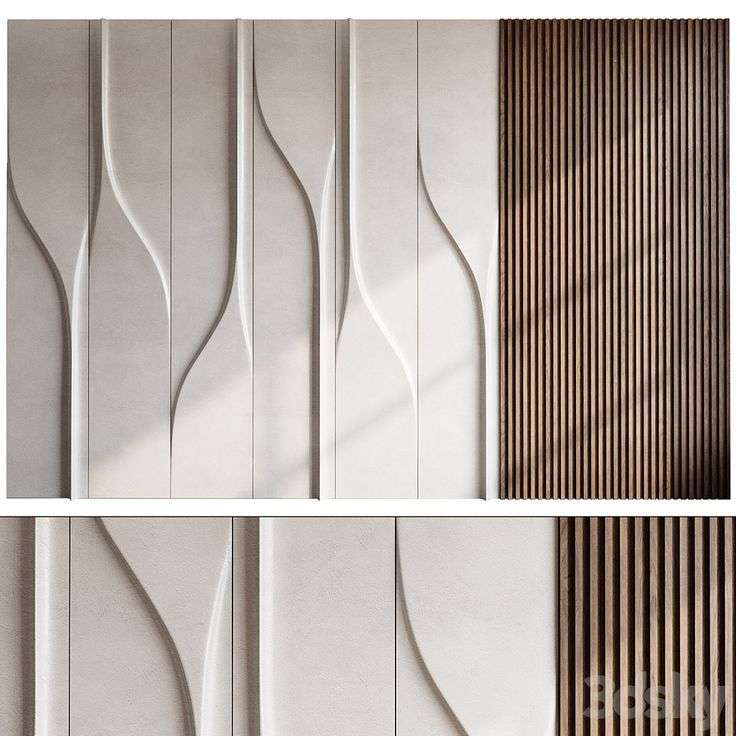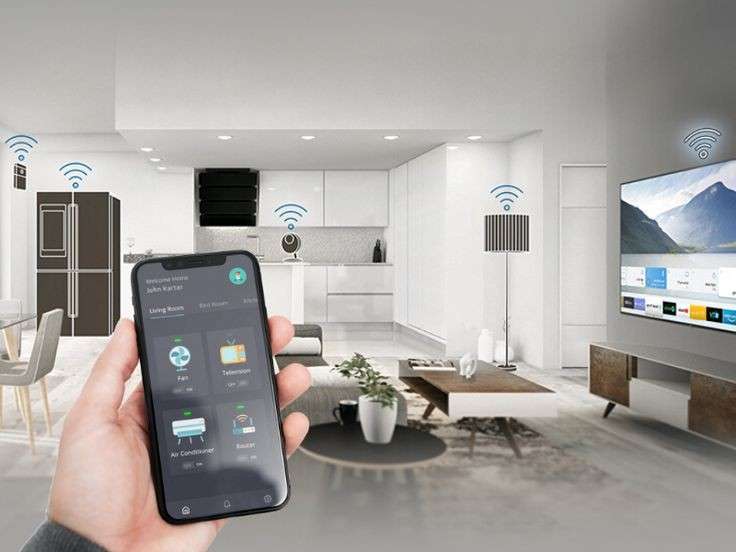Interior design is an exciting journey, but it’s easy to make mistakes along the way, especially when trying to create a space that reflects your style and meets your functional needs. In Delhi NCR, where diverse architectural styles and urban living spaces come into play, certain design pitfalls are more common. Avoiding these mistakes will help ensure your home looks stylish, cohesive, and comfortable. Here are five common interior design mistakes to watch out for in Delhi NCR homes:

1. Ignoring the Importance of Lighting
Lighting is often overlooked but is crucial in setting the right mood and highlighting your home’s design features. In Delhi NCR, where many homes have limited natural light, relying solely on overhead lighting or dim lamps can result in a dull and uninviting space.
To avoid this, ensure that you incorporate a layered lighting strategy. Use a combination of ambient, task, and accent lighting to create a balanced and functional atmosphere. Add statement light fixtures over dining tables or in living rooms and consider under-cabinet lights in kitchens or task lighting for reading areas. Incorporating natural light as much as possible through large windows or well-placed mirrors will make the space feel brighter and more open.
2. Overcrowding Spaces with Furniture
In Delhi NCR’s urban apartments, space is often limited, and it’s tempting to fill every inch of a room with furniture or decor. However, overcrowding can make a room feel cramped and uncomfortable. It also makes it harder to move around and reduces the overall flow of the space.
To avoid this, opt for furniture that fits the scale of your room. Use multi-functional pieces like a sofa bed or a folding table to save space. Don’t be afraid of leaving some empty space in a room, as it allows for better movement and gives the space a more open, airy feel. Prioritize quality over quantity – select fewer, high-quality pieces that make a statement and work well together, rather than overcrowding the room with unnecessary items.
3. Neglecting the Power of Color Coordination
Color is one of the most powerful tools in interior design, but it can easily go wrong. Many homeowners in Delhi NCR make the mistake of using too many clashing colors or not considering how colors flow throughout different rooms in the house.
To avoid this, start with a neutral base like white, beige, or gray, and add pops of color through accent walls, cushions, rugs, and artwork. Stick to a cohesive color palette to ensure that your rooms feel connected. Don’t be afraid to experiment with bolder colors, but always balance them with neutrals or complementary tones. For example, a rich navy or deep emerald can be paired beautifully with muted gold or off-white tones.
4. Overlooking Functionality for Aesthetics
While creating a visually appealing space is essential, many homeowners in Delhi NCR focus too much on aesthetics and forget to make sure their home is functional. It’s easy to get caught up in trends and beautiful decor items, but a space that looks good but doesn’t meet your needs won’t make your daily life easier.
To avoid this, balance form with function. Always consider how you live in the space before making design decisions. For instance, if you have children or pets, opt for furniture that’s durable and easy to clean. If your home is small, focus on creating multi-functional spaces using modular furniture or built-in storage to maximize your space. Ensure that your furniture arrangement allows for easy movement and accessibility.
5. Choosing the Wrong Furniture Scale and Proportions
One of the most common interior design mistakes in Delhi NCR homes is selecting furniture that doesn’t suit the scale of the room. Overly large furniture can overwhelm a small room, while tiny pieces in a spacious room can feel lost and insignificant.
To avoid this, be mindful of the proportions of your furniture in relation to the room size. For smaller spaces, opt for more sleek and compact pieces. Modular sofas or foldable tables work well for tight spaces. In larger rooms, consider large statement pieces like oversized sofas or dining tables that can fill the space effectively. Measure your space before buying furniture to ensure it fits well and allows for enough circulation space.



